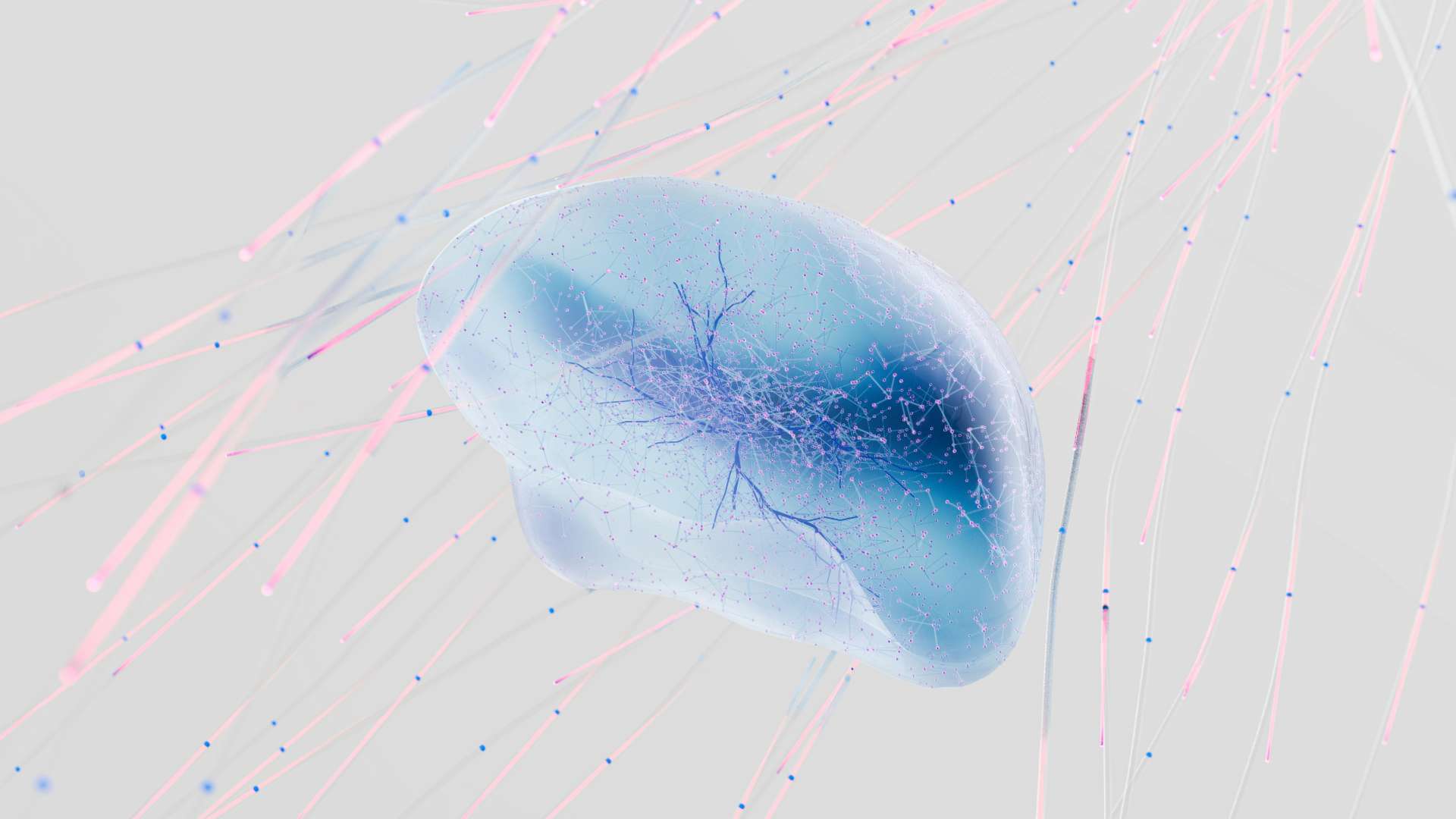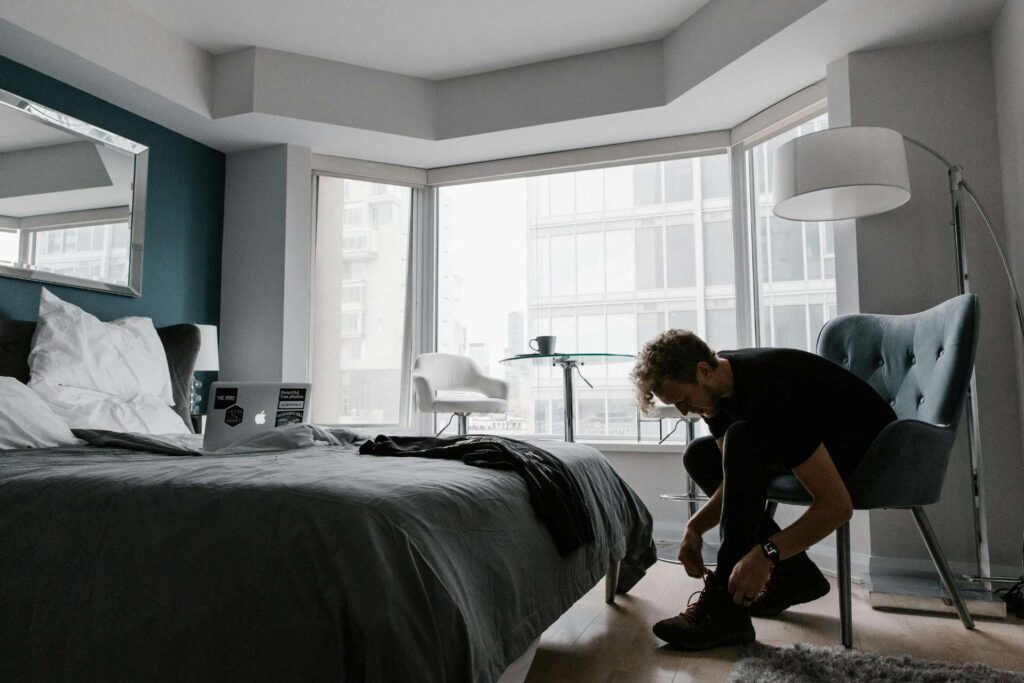
Discover how implementing daily routines can significantly reduce anxiety by stabilizing your nervous system, boosting predictability, and restoring emotional balance.
Introduction: Why Your Brain Craves Routine
Anxiety thrives in uncertainty. When life feels chaotic, the brain’s fear centers go into overdrive, interpreting unpredictability as potential danger. This is why structured routines—simple, repeatable daily patterns—can be so powerful in managing anxiety.
Research shows that routines:
✅ Lower cortisol (the primary stress hormone)
✅ Strengthen prefrontal cortex regulation over emotional reactions
✅ Create neural “shortcuts” that reduce decision fatigue
This article will explore:
- The neuroscience behind routines and anxiety relief
- How to build an anxiety-reducing daily structure
- Real-life examples of therapeutic routines
- When flexibility matters more than rigidity

The Science: How Routines Calm an Anxious Brain
1. Predictability Reduces Amygdala Activation
The amygdala, your brain’s threat detector, shows less activity when events follow expected patterns. A 2023 Nature Human Behaviour study found that participants with regular daily schedules had:
- 31% lower amygdala reactivity to stressors
- Faster return to baseline after anxiety triggers
2. Routines Build Cognitive Efficiency
Making constant micro-decisions (“When should I eat? What should I do next?”) drains mental energy. Routines:
- Automate up to 40% of daily decisions
- Free up cognitive resources for genuine challenges
- Prevent “decision paralysis” that worsens anxiety
3. Circadian Rhythm Regulation
Irregular sleep/wake times disrupt:
- GABA production (your brain’s natural anxiety dampener)
- Serotonin turnover (key for mood stability)
A consistent schedule improves sleep quality by 27% in anxious individuals (Journal of Sleep Research, 2024).

Building Your Anti-Anxiety Routine: A Step-by-Step Guide
Morning Anchors (7-9 AM)
Neuroscience Benefit: Sets stable cortisol curve
- Wake at same time daily (even weekends ±1 hour)
- 15 min daylight exposure (regulates melatonin)
- Protein-rich breakfast (stabilizes blood sugar/emotions)
- 5-min planning session (reduces “unknowns” triggering anxiety)
Workday Structure (9 AM-5 PM)
Neuroscience Benefit: Maintains prefrontal cortex control
- Time-block tasks (90-min focused work + 15-min breaks)
- Scheduled worry time (e.g., 2:30-2:45 PM contains rumination)
- Movement snacks (2-min stretches hourly prevent tension buildup)
Evening Wind-Down (7-10 PM)
Neuroscience Benefit: Boosts GABA activity
- Digital sunset (no screens 1 hour before bed)
- Gratitude journaling (increases serotonin)
- Progressive muscle relaxation (signals safety to nervous system)
Tailoring Routines to Anxiety Types
For Generalized Anxiety
- Weekly “admin days” (batch chores/bills to prevent scattered worry)
- Habit stacking (pair anxiety triggers with calming rituals: “If X happens, I’ll do Y”)
For Social Anxiety
- Pre-event routines (standardized prep reduces “what ifs”)
- Post-socializing decompression (scheduled alone time to recharge)
For Panic Disorder
- Interoceptive exposure (daily 1-min breath holds to desensitize physical sensations)
- Emergency protocol practice (rehearse coping steps until automatic)
The Flexibility Paradox: When to Break Routine
While structure helps, rigid adherence can backfire by:
⚠️ Creating new anxiety about “failing” the routine
⚠️ Reducing adaptability to necessary changes
Healthy flexibility looks like:
- Having 80/20 rule (follow routine 80% of time)
- Designating “wildcard days” monthly to practice spontaneity
- Adjusting routines seasonally (winter vs. summer schedules)
Advanced Techniques: Leveraging Neuroplasticity
1. Cue-Routine-Reward Loops
Example:
- Cue: Feeling anxious at 3 PM
- Routine: 5-min box breathing + herbal tea
- Reward: Sense of mastery (dopamine release)
Repeating this 21+ times makes it an automatic neural pathway.
2. Environmental Design
- Dedicated spaces for activities (work desk ≠ worry chair)
- Visual timers reinforce time anchors
- Aroma cues (lavender at bedtime signals safety)

When Professional Help Enhances Routines
Combine self-help with:
🧠 CBT-I (for sleep schedule optimization)
🧠 Occupational therapy (sensory-based routine building)
🧠 Neurofeedback (trains brainwave patterns aligned with calm focus)
Conclusion: Your Daily Architecture of Calm
Routines work because they speak your anxious brain’s language—transforming life’s chaos into predictable patterns that signal safety. By intentionally designing your days, you’re not just managing anxiety; you’re rewiring your nervous system toward resilience.
📌 Call to Action: Start small—pick one anchor routine (e.g., consistent wake time) and track anxiety levels for 2 weeks. The data might surprise you.
Sources & Further Reading:
- The Power of Habit (Duhigg) – Science of habit loops
- Atomic Habits (Clear) – Tiny changes for big results
- American Psychological Association: Routines and Mental Health
Structure is the invisible scaffold that keeps anxiety from collapsing your peace. Build it well. 🏗️💙
Leave a Reply